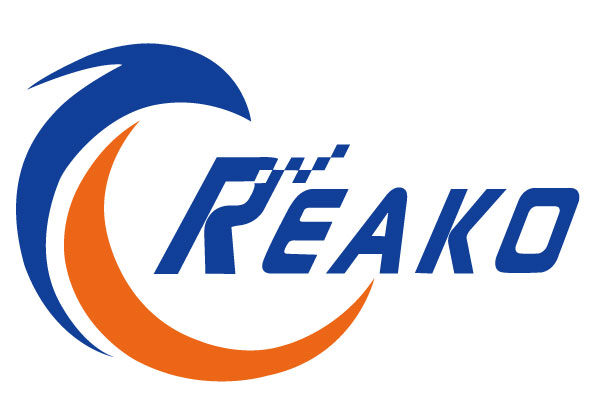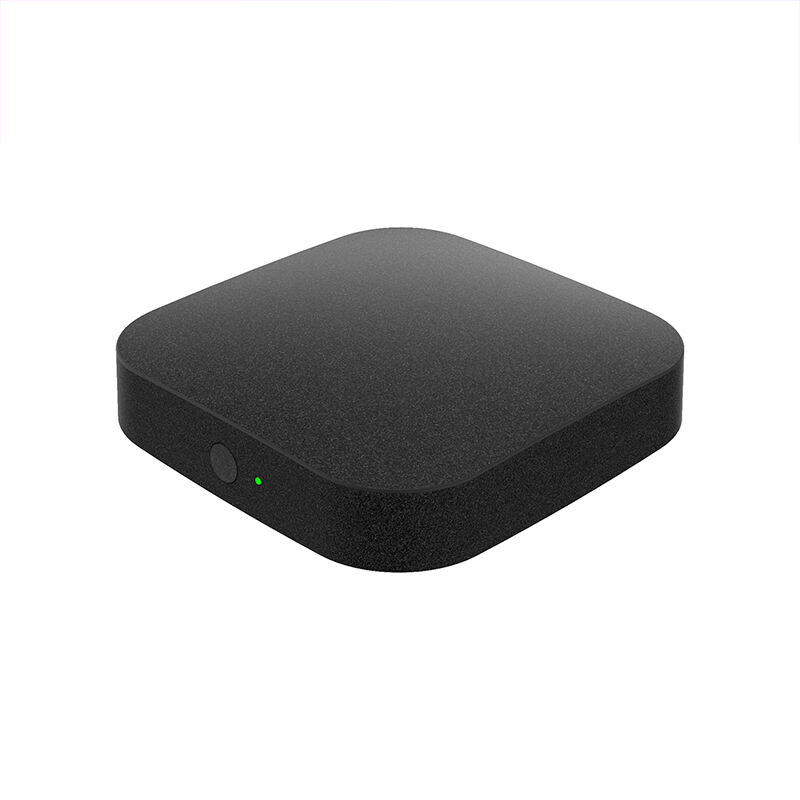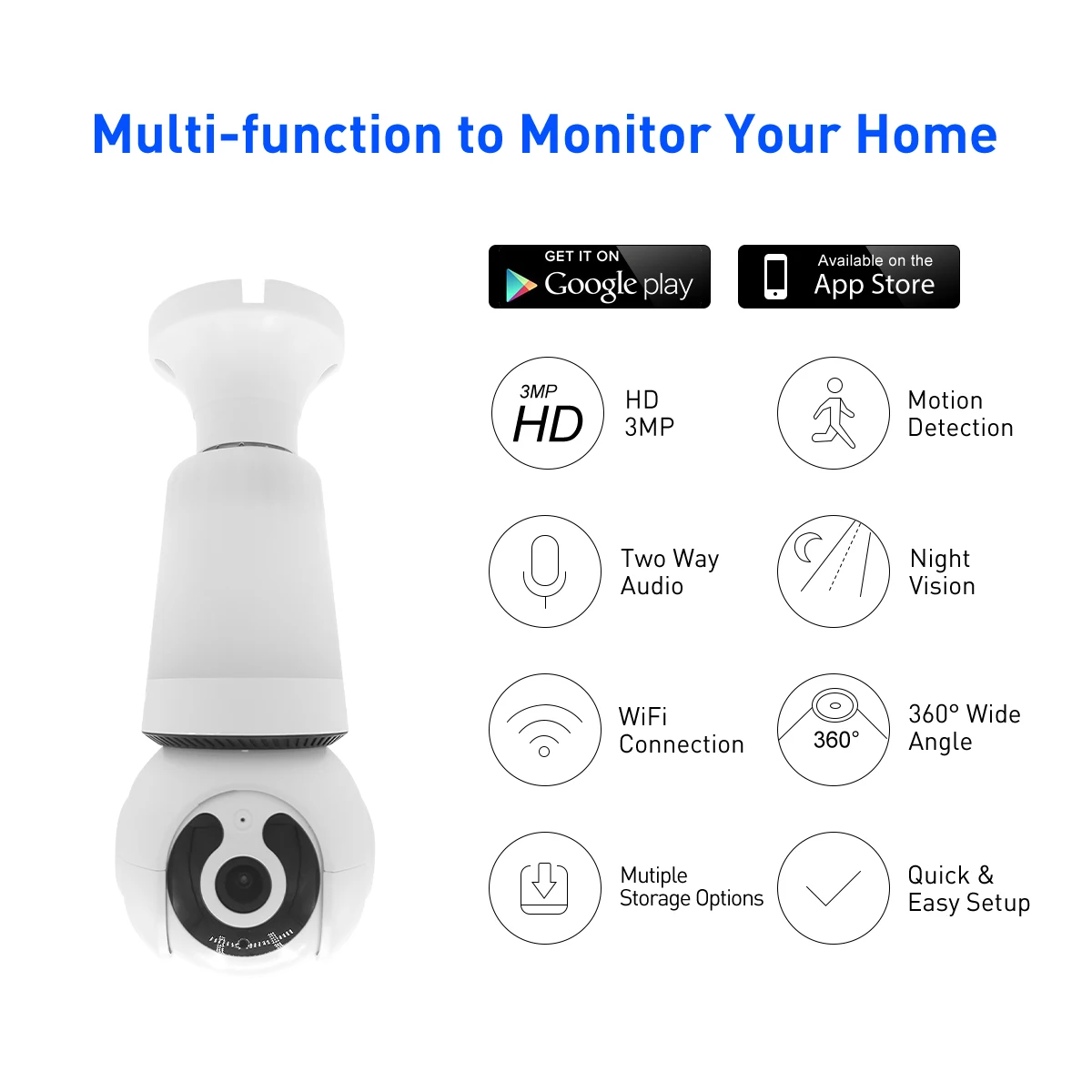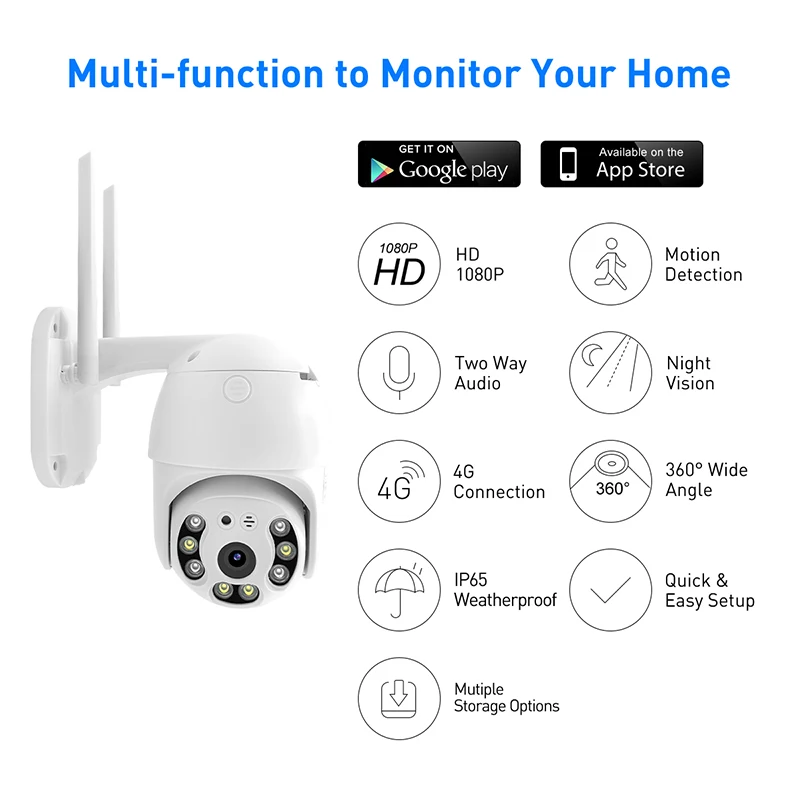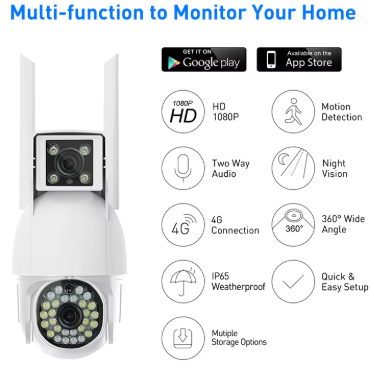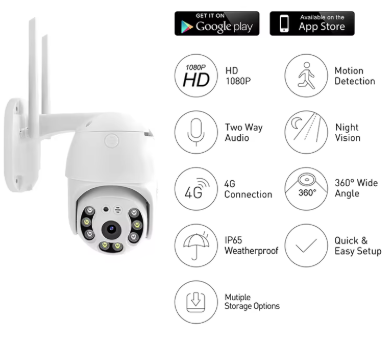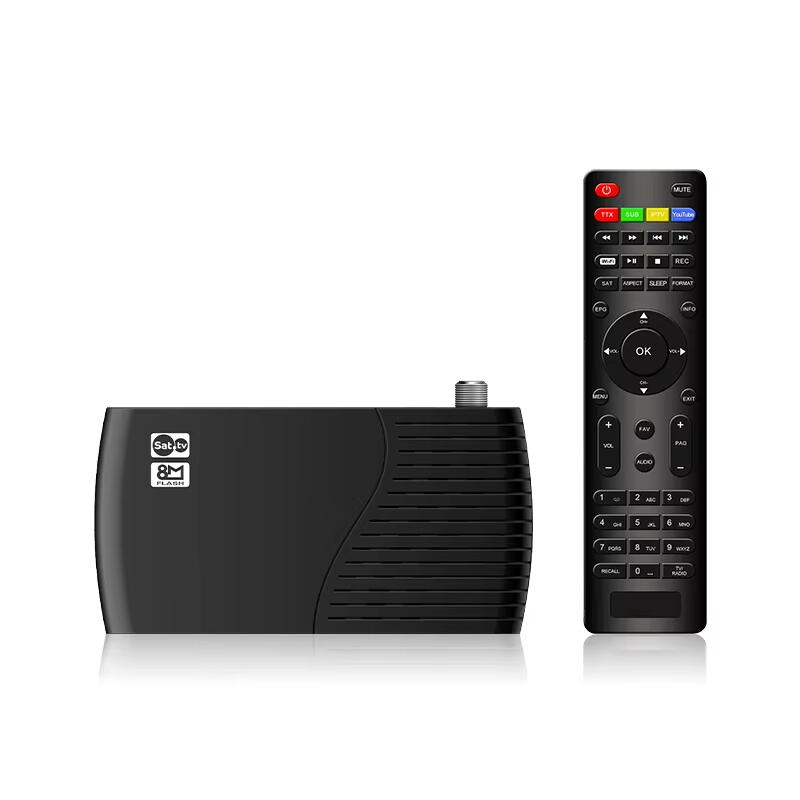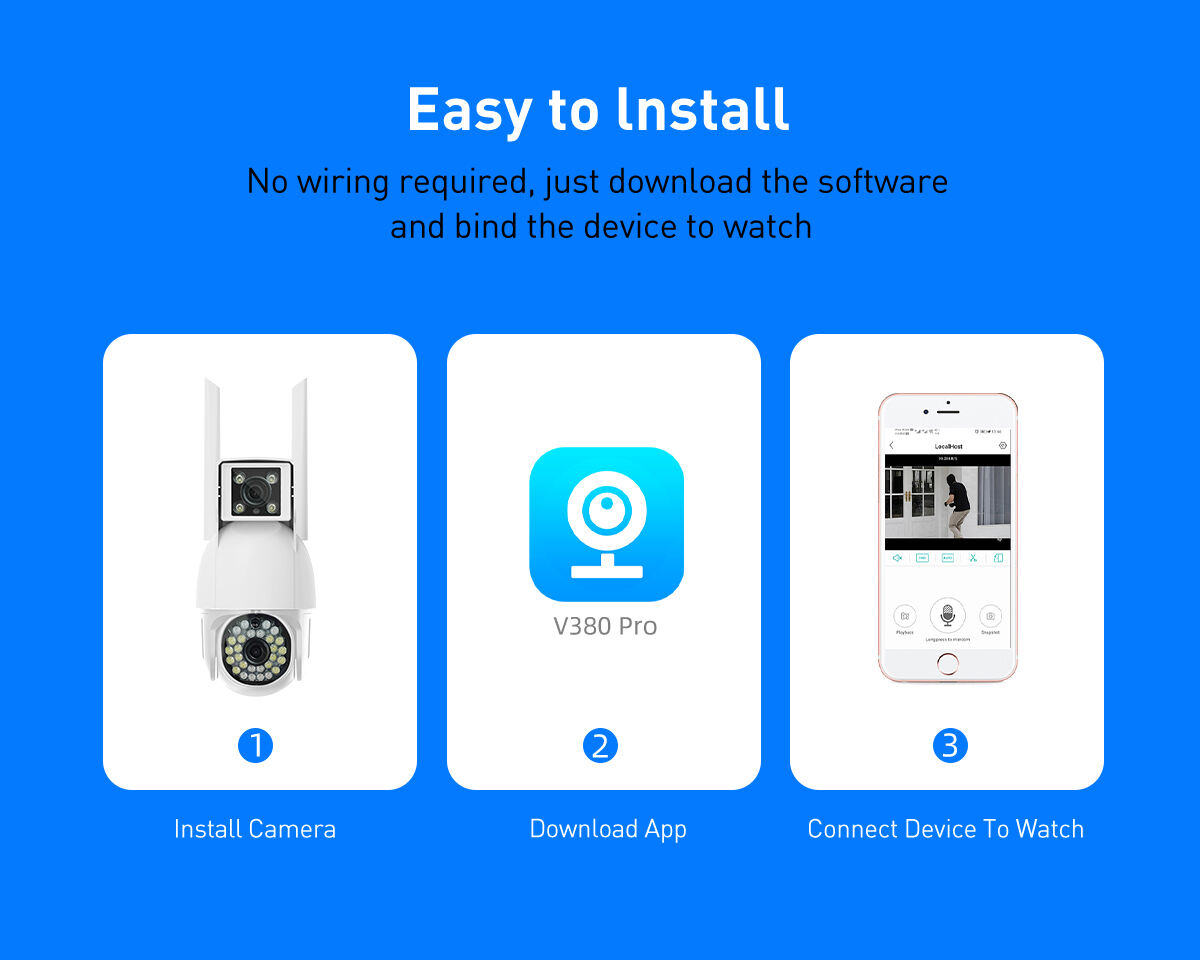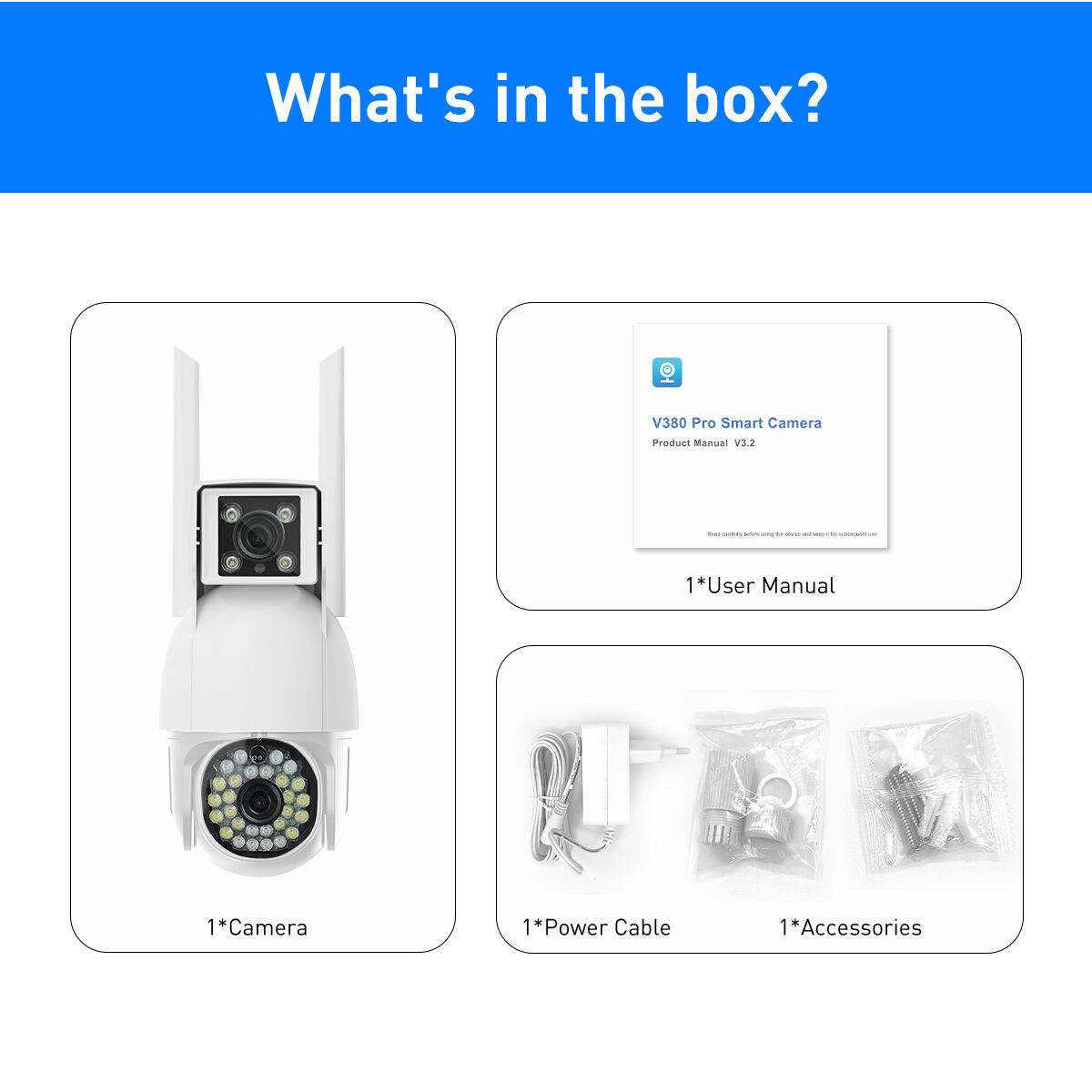dvb dvb t2
DVB-T2 (digitaalvideoülekanne - teise põlvkonna maismaa-televisiooni) kujutab endast digitaaltelevisiooni ringhäälingutehnoloogia olulist arengut. See keeruline süsteem võimaldab digitaaltelevisiooni ülekannet maismaalt, kusjuures selle eelkäija DVB-Tga võrreldes on see tõhusam ja tõhusam. Tehnoloogia kasutab kõrgtehnoloogilisi kodeerimis- ja modulatsioonitehnikat, et pakkuda maa-võrgu kaudu kvaliteetset digitaalset sisu. DVB-T2 toetab nii standarddefinitsiooni (SD) kui ka kõrgdefinitsiooni (HD) televisiooniülekannet, võimaldades samaaegselt käsitleda mitu programmivoogu. Süsteem kasutab keerukaid vigade parandamise mehhanisme ja tugevat signaali töötlemist, et tagada usaldusväärne vastuvõtmine isegi keerulistes keskkonnatingimustes. Üks selle peamisi tehnoloogilisi omadusi on OFDM (Orthogonal Frequency Division Multiplexing) kasutamine mitme kanderi režiimiga, mis võimaldab paindlikku kohanemist erinevate edastamisskenaariumitega. Samuti sisaldab süsteem täiustatud kaitsemeetmete ja pilootmudelitega, mis tagavad tugevaima kaitse häire ja signaalide häirete eest. DVB-T2 on laialdaselt kasutusel riiklikes ringhäälinguvõrgustikes, piirkondlikes televisiooniteenustes ja mobiiltelevisiooniplatvormidel, pakkudes vaatajatele juurdepääsu laiemale digitaalse sisule, millel on kõrgem pilt- ja helikvaliteet.
